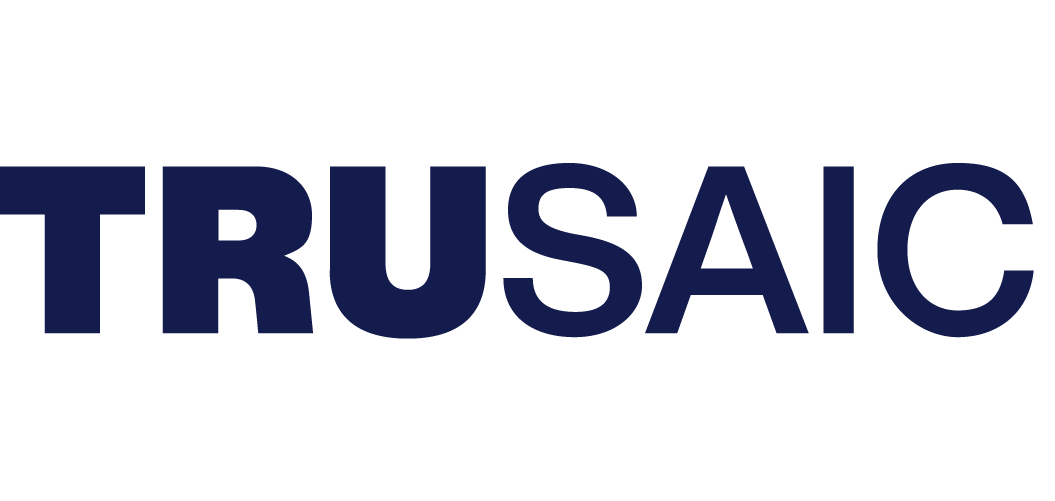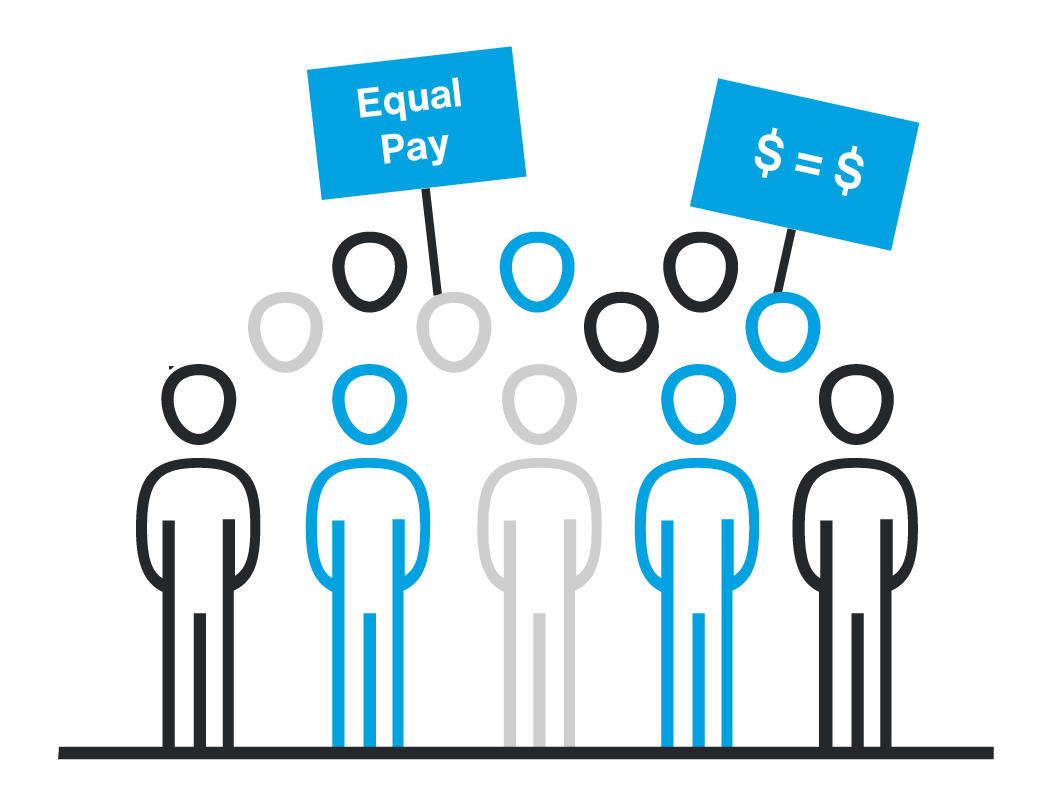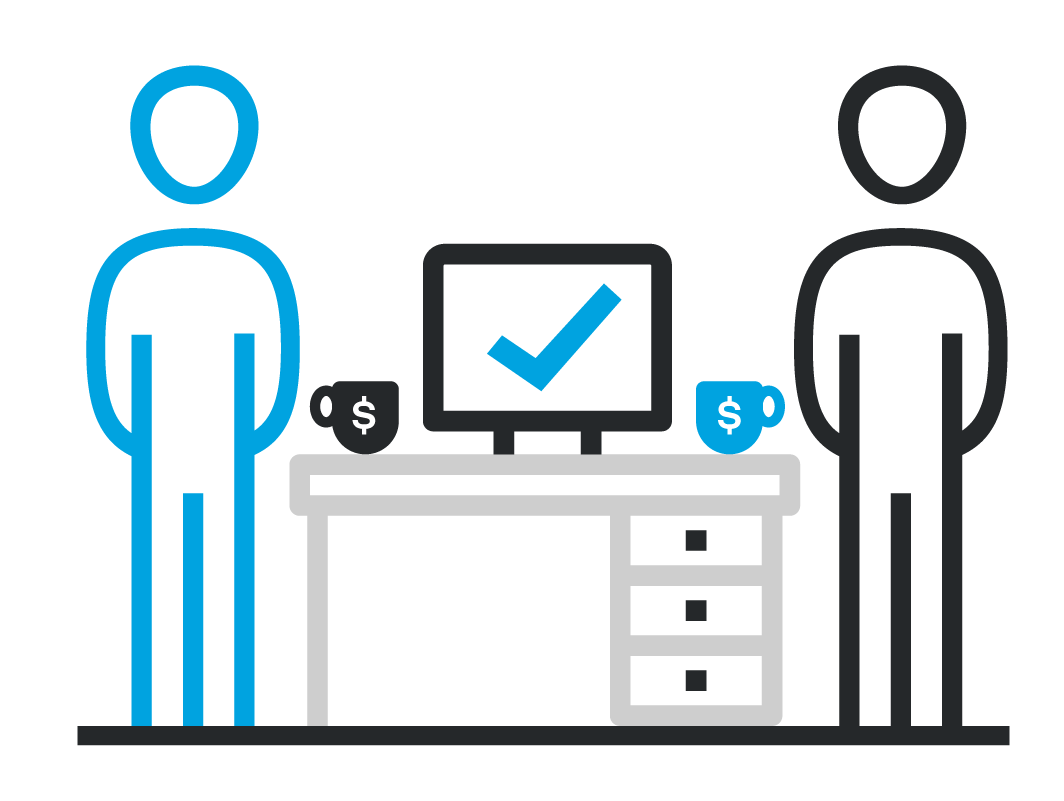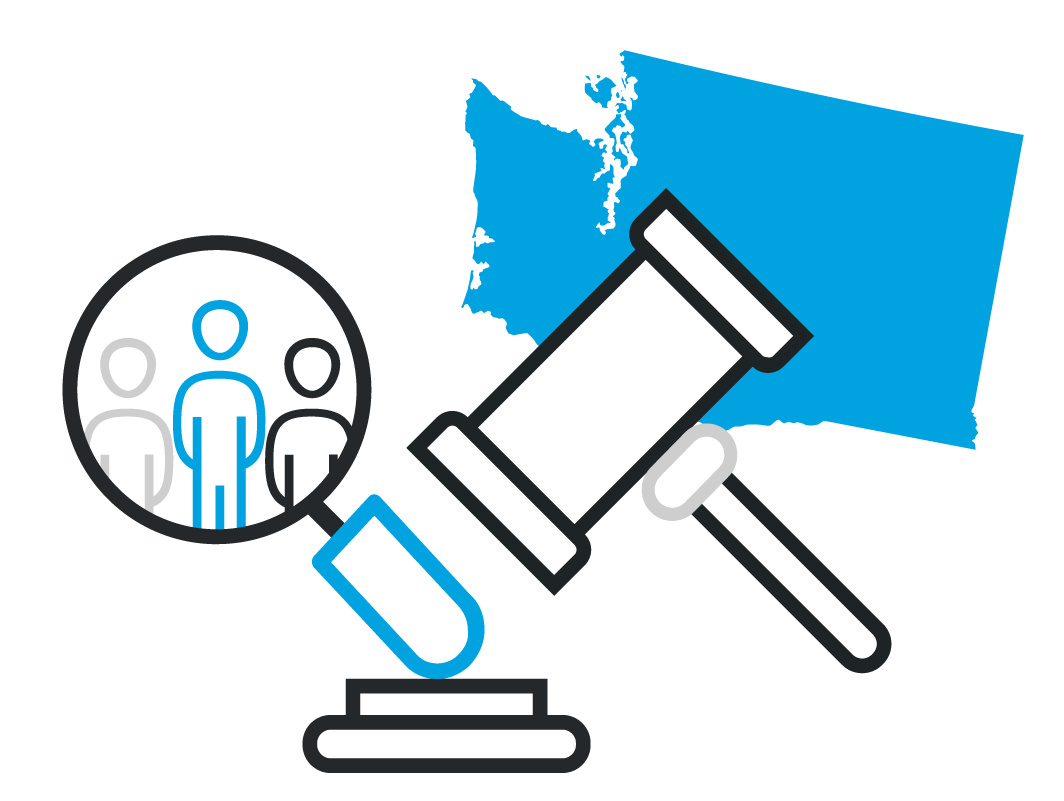
![]()
Data is key to uncovering and resolving workplace issues around diversity, equity, and inclusion (DEI). A recent Harvard Business Review article dives into how organizations can leverage their data to increase equality in the workplace.
The article focuses on a white paper officially titled Goals and Targets for Diversity, Equity, and Inclusion and identifies four steps for helping companies make the most of their workforce data to meet DEI goals.
Develop a system for displaying workforce data in a simple, easy-to-digest medium. Workforce data laying silently in an HR database is not going to help your organization meet DEI goals, but if it’s presented in a dashboard to the right people, companies can do more than just look at the data — they can act on it.
Be transparent with your DEI data. Next, businesses should be transparent about their DEI information and goals. The white paper defines organizational transparency as “making accurate and goal-relevant information accessible to some audience, be it senior leaders, managers, the HR team, or even the entire workforce.” By allowing your employees to explore DEI data, you can effectively create change for behavior.
Set DEI goals that assign shared accountability and create change. The article dives into the importance of setting goals that can be measured and tracked over time. Similar to how you would benchmark performance around a core business focus, DEI goals should be realistic and actionable. Your diversity objectives should spark true behavioral shifts within your organization.
The white paper discusses why goals are effective for creating change, and specifically notes that goals “involve accountability, can induce personal pride and public recognition, may convey social norms, can induce competitiveness, and can be coupled with other motivational mechanisms.”
Use DEI data to create new norms. Finally, the article discusses the importance of spreading awareness and creating a culture around meeting diversity goals. Promote successes your organization has achieved with regard to achieving DEI goals. Many recent social movements execute this type of practice. Most importantly, use your data to help your business communicate success stories.
In sum, the authors remind us to treat DEI objectives the same way we do other business goals. The data is available and companies have the tools to effectively manage and monitor their efforts the same way they would another area of their business, say, for example, product development, allocating financial resources, or meeting quarterly sales goals. DEI is no different and focusing on your DEI goals could also help your business increase revenue.
The bottom line for your business is that you need to take action towards meeting DEI goals and objectives.
With the Biden administration having recently issued an executive order aimed at preventing and combating discrimination on the basis of gender identity and sexual orientation, and states and cities across the country signing into law additional fail-safes to ensure employee fairness in the workplace, employers should consider what efforts they are taking to be proactive about providing a fair work experience for their employees.
A great place for employers to start is by undergoing a proactive pay equity audit. The pay equity audit will help your business identify where it stands with regard to diversity and fair pay.
According to the Harvard Business Review, a pay equity audit “involves comparing the pay of employees doing ‘like for like’ work in an organization (accounting for reasonable differentials, such as work experience, credentials, and job performance), and investigating the causes of any pay differences that cannot be justified.”
To learn about how leading organizations approach DEI leveraging their workforce data, download the research report sponsored by Trusaic and conducted by Harvard Business Review Analytic Services, Creating a Culture of Diversity, Equity, and Inclusion.



